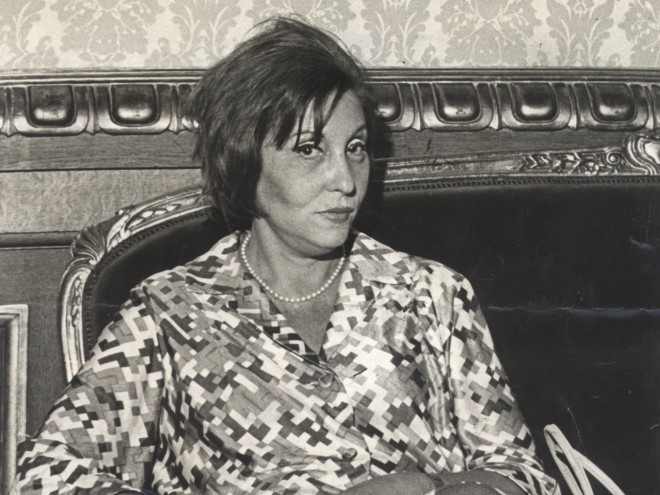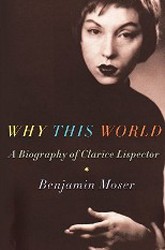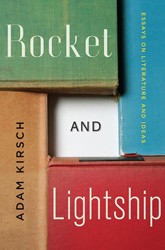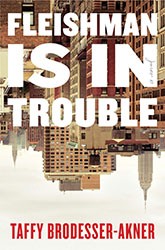Intellectual life in the late twentieth century would have been significantly different without Susan Sontag. A cultural critic and celebrity, Sontag forever changed the discourse by rethinking conventional assumptions on a grand scale. Her landmark essay “Against Interpretation” argued for direct, unmediated encounters with art. “Notes on Camp,” published in the same collection of essays, upended the received hierarchy of aesthetics in ways that proved prophetic. Sontag’s On Photography probed an art form she loved with a merciless eye, questioning its voyeurism and commercialism with the same bracing originality and erudition.
Like many other mid-century American intellectuals, Sontag was Jewish less by religion than through a shared marginality. She was part of another minority group as well, identifying as lesbian, though she concealed it for much of her life. Her lover, María Irene Fornés, introduced her to the bohemian art world of New York and exposed her to ways of seeing art spontaneously without intellectual explanation. An affair with the choreographer, Lucinda Childs, helped her understand the emotional immediacy of music and dance. The great photographer, Annie Leibovitz, was Sontag’s partner for the last sixteen years of her life.
Benjamin Moser is the first Sontag biographer to have had full access to her journals. He draws upon them with tact, empathy, and truly extraordinary insight, weaving her life together with her work. In her first novel, The Benefactor (1963), which grappled with Freud and the ‘death of the novel,’ Moser detects Sontag’s “inability to see other people as real,” a quality he later documents with vivid examples from her interactions with intimates, friends, and colleagues. He also points to several themes which would preoccupy Sontag long afterward, starting with its implied challenge to Freud in arguing ‘against interpretation’ of dreams.
“Being queer,” Sontag once confessed to her diary, “increases my wish to hide,” and Moser links that to a low self-esteem and depression which never left her. Out of shame, she repeatedly denied any sexual involvement with Annie Leibovitz. As late as 2003, she panicked when she learned that a New Yorker profile would report that she was bisexual.
Sontag’s engagement with ideas took many forms — she wrote more fiction, directed films, and wrote a play that was directed at Harvard’s American Repertory Theater in 1996. She also took bold political positions such as speaking out and taking action against the Vietnam war and even rescuing people in Sarajevo during the Bosnian war.
One of the great pleasures of this authoritative work is Moser’s confident, clever, erudite voice. He writes with a deep understanding of literature and intellectual history, and with considerable sympathy for his subject. He nonetheless enjoys gossipy details, like Sontag’s maneuvering to meet Lauren Bacall. He also has an eye for the comic absurdity of “Woody Allen-like scenes of feuding Jewish intellectuals: fisticuffs ensued over who would keep the back issues of Partisan Review.”
Moser doesn’t shy away from making critical judgments about Sontag, and he is particularly unsparing when writing about the ways the AIDS crisis was ignored by politicians in the 1980s, and about media complicity in promoting the war in Iraq.
In short, Moser’s Sontag is a landmark achievement — astonishing in its scope, brilliant in its perceptiveness, and a joy to read. It deserves to be counted among the best nonfiction books of 2019.
Bob Goldfarb is President Emeritus of Jewish Creativity International.





